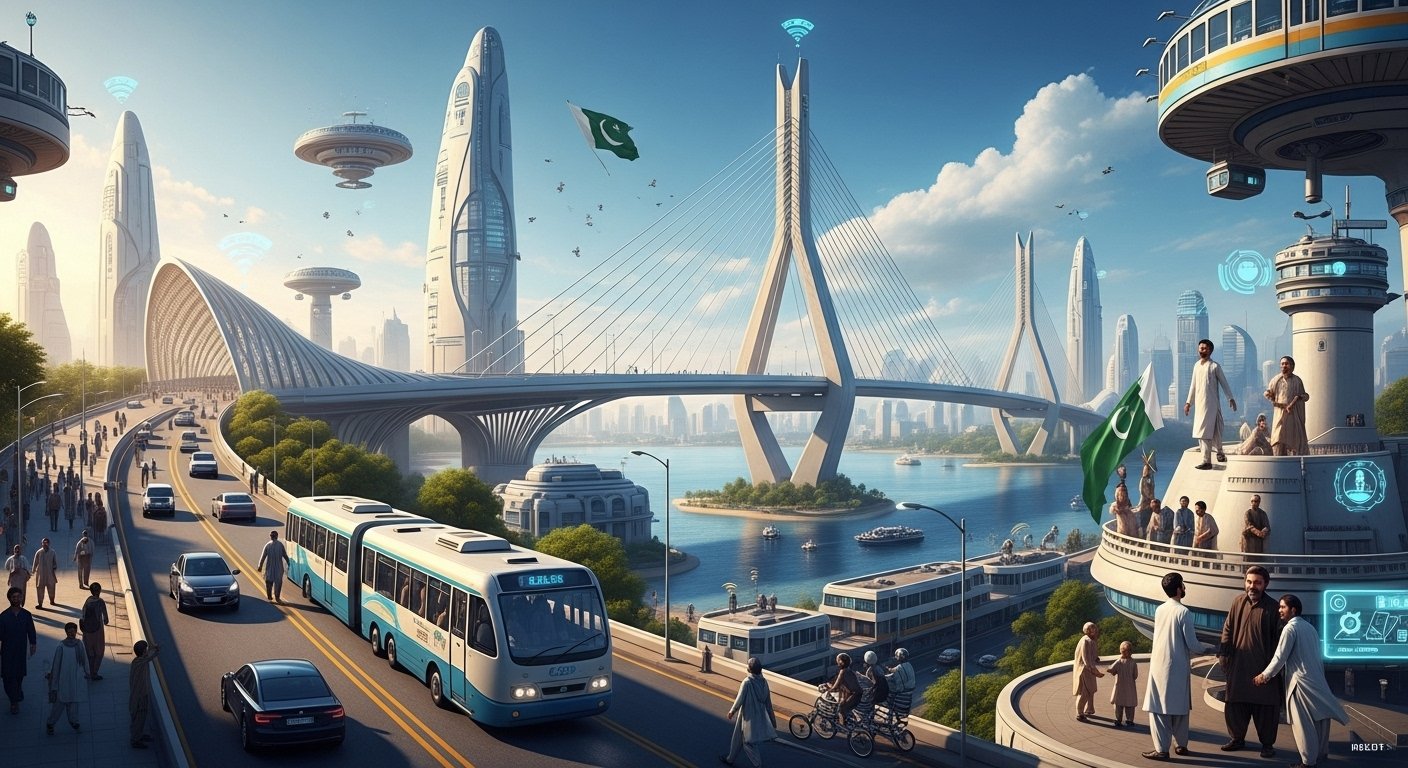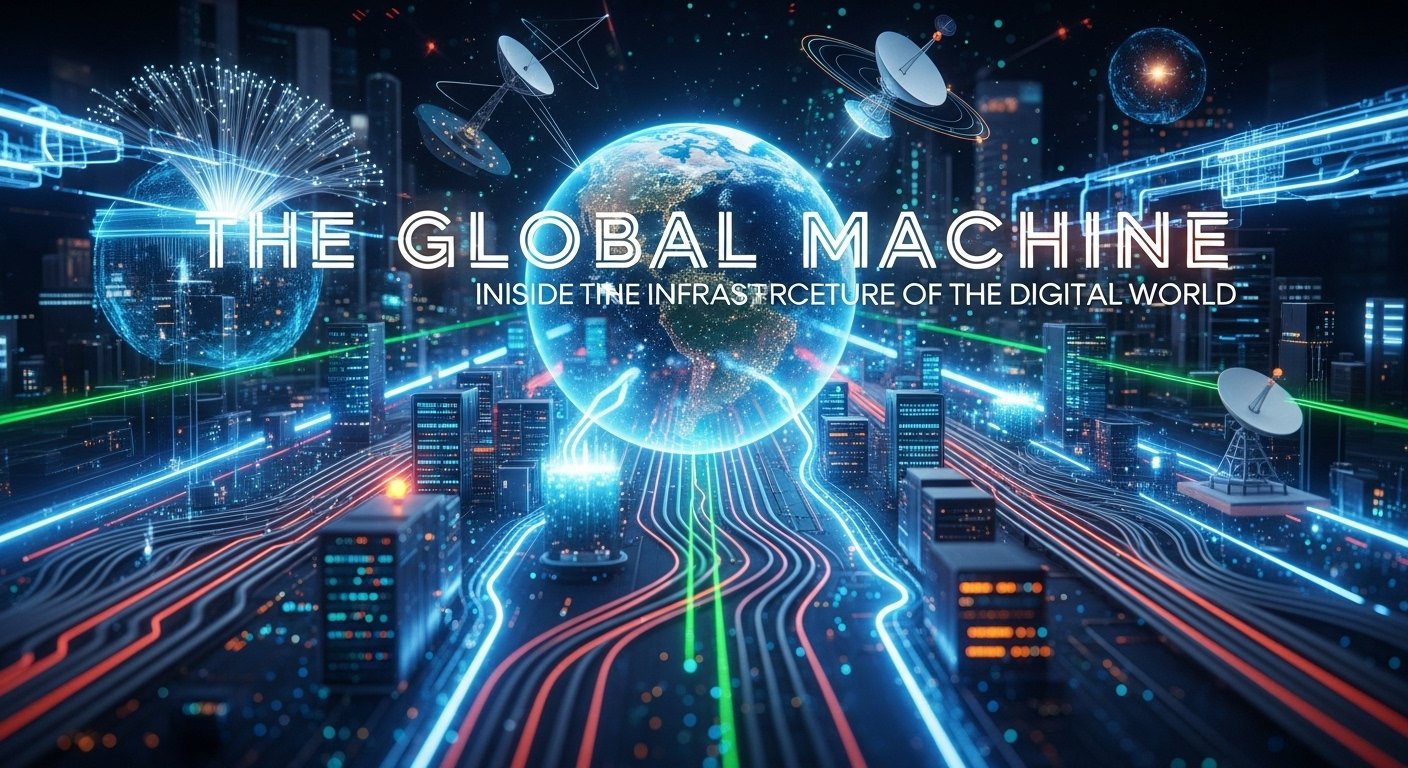In a sun-drenched field outside Sangla Hill, a farmer pulls out his smartphone. With a few taps, he checks the real-time market price for his cotton crop in Faisalabad, bypassing the need for a middleman. Miles away, in a small home, a young woman submits a graphic design project to a client in Canada, her talent connected to the global economy through a simple internet connection. This is the story of technology in Pakistan in 2025. It is not a tale of dystopian futures or abstract concepts; it is a pragmatic and powerful story of bridges being built where gaps once existed—connecting rural to urban, tradition to modernity, and local talent to a world of opportunity.
While the global narrative of technology often focuses on disruption, its most profound impact here has been as a great equalizer and a powerful lever for progress. It is revolutionizing the foundational pillars of our society: agriculture, commerce, education, and healthcare, creating a uniquely Pakistani digital landscape.
The Digital Canal: Transforming the Fields of Punjab
For centuries, the prosperity of Punjab has been tied to its canals, the arteries that carry life-giving water to its fertile lands. Today, a new network of “digital canals” is carrying a different vital resource: information. Technology is fundamentally reshaping our relationship with agriculture, the backbone of our economy.
Bridging the Information Gap: Farmers are now empowered with agri-tech applications that provide crucial, real-time data. Weather forecasting helps protect crops from unexpected rain or heat. Soil sensors and satellite imagery allow for precise application of fertilizers, increasing yields while reducing waste and environmental impact. Perhaps most importantly, access to national market (mandi) rates directly on their phones gives farmers unprecedented negotiating power, ensuring they receive a fair price for their labor.
Bridging the Resource Gap: Technology is also tackling the critical issue of water scarcity. Smart irrigation systems, which use sensors to deliver water only when and where it is needed, are helping to conserve this precious resource. Online video platforms have become a massive resource for knowledge transfer, where farmers can learn about new seed varieties, pest control techniques, and sustainable farming practices from agricultural experts across the country.
The Virtual Bazaar: Commerce, Craft, and New Economies
Technology has thrown open the doors of the marketplace to everyone. The rise of e-commerce platforms, from large players like Daraz to informal markets on Instagram and Facebook, has created a virtual bazaar that transcends geography.
Bridging the Market Gap: A craftsperson in a small town, skilled in traditional arts like Punjabi phulkari embroidery or hand-crafted khussas (footwear), is no longer limited to a local market. They can now showcase their products to millions of customers in Karachi, Islamabad, and even in the global diaspora, preserving cultural heritage by making it economically viable.
Bridging the Financial Gap: This entire digital economy is powered by the mobile wallet. Services like Easypaisa and JazzCash have revolutionized finance for the masses, providing secure, instant payment solutions to millions who may not have a traditional bank account. This financial inclusion is the critical lubricant for the engine of e-commerce and the gig economy. The latter, through ride-hailing and delivery apps, has become a vital source of flexible employment for young people in and around urban centers, providing a bridge to economic independence.
The Classroom Without Walls: Forging a Skilled Nation
Perhaps technology’s most profound role as a bridge is in education and skill development. It is demolishing the barriers of distance and access that have historically limited educational opportunities.
Bridging the Access Gap: A student in a government school can now use YouTube to understand a complex scientific concept explained by a world-class educator. Online learning platforms offer courses from the world’s best universities, allowing ambitious individuals to gain knowledge and certifications that were once unimaginable. This democratization of knowledge is creating a more level playing field for talent to rise, regardless of their location.
Bridging the Skill Gap: Beyond traditional academics, technology is a direct pathway to modern, marketable skills. Pakistan has emerged as a powerhouse in the global freelancing market. Young people are learning graphic design, software development, and digital marketing through online courses and then selling these skills on platforms like Upwork and Fiverr. Their success is a function of a powerful formula:
I≈f(Sdigital,Rglobal,Clocal)
Where their potential Income (I) is a function of their high-value Digital Skills (Sdigital), their access to Global Rates (Rglobal) for that work, and their relatively Low Cost of Living (Clocal). This model has empowered a new generation of digital entrepreneurs.
The Remote Clinic: A Lifeline for Healthcare
In a country with a significant disparity between urban and rural healthcare, technology is serving as a critical lifeline.
Bridging the Specialist Gap: Telemedicine is no longer a novelty; it is an essential service. It allows a patient visiting a local Basic Health Unit (BHU) to have a video consultation with a specialist cardiologist or dermatologist in Lahore, receiving expert advice that would have previously required costly and time-consuming travel. This simple innovation is saving lives and improving health outcomes in underserved communities.
Bridging the Information Gap: Government health agencies and NGOs are using mobile technology to disseminate vital public health information. SMS alerts and WhatsApp messages provide timely warnings about heatwaves, vaccination schedules for children, and preventative measures during outbreaks of diseases like dengue fever. However, this same channel presents the ongoing challenge of combating dangerous health misinformation, making digital literacy a crucial component of public health.
Conclusion: Forging a Uniquely Pakistani Future
The story of technology in Pakistan in 2025 is not one of blind adoption, but of creative and resourceful adaptation. It is about using global tools to solve local problems. It is about building bridges across the timeless divides of geography, wealth, and access. This technological transformation is empowering farmers, artisans, students, and patients, unlocking human potential on an unprecedented scale.
Of course, challenges remain. Ensuring equitable and affordable internet access for all, investing in robust digital literacy programs, and creating policies that protect both workers and data are critical next steps. But the trajectory is clear. Technology is the great lever of our time, and the people of Pakistan are using it with ingenuity and determination to forge their own future—a future that is more connected, more skilled, and more prosperous than ever before.



